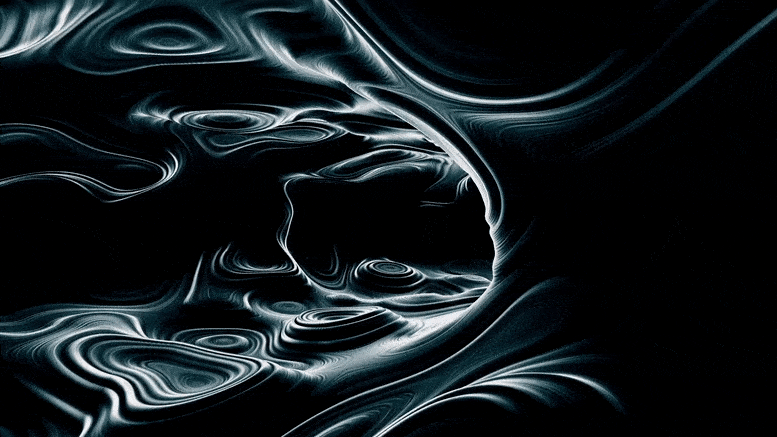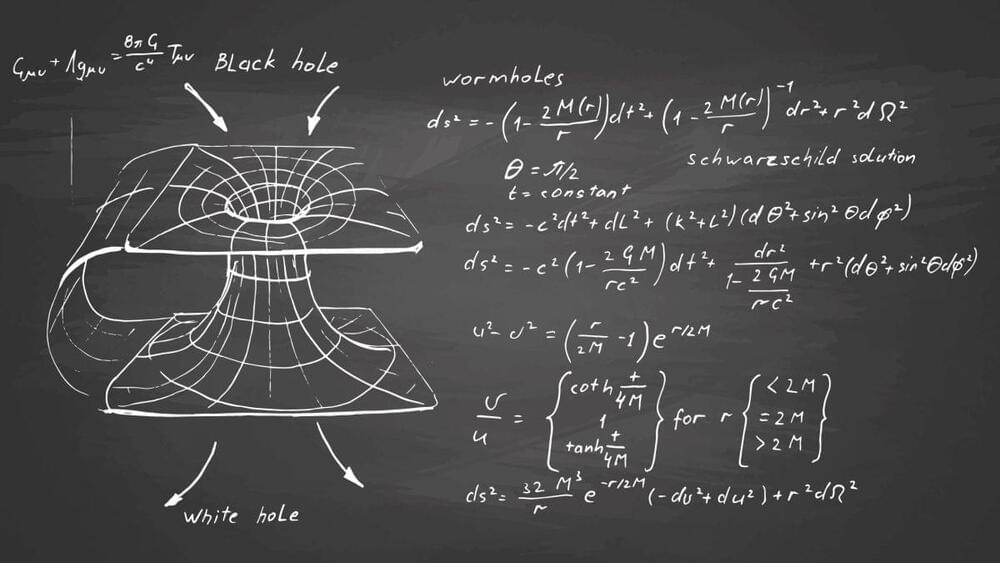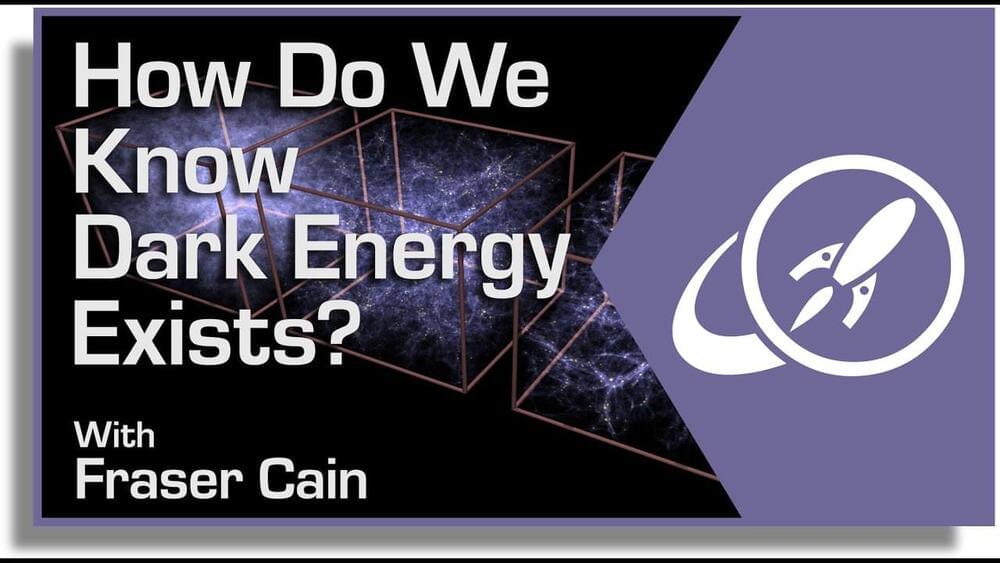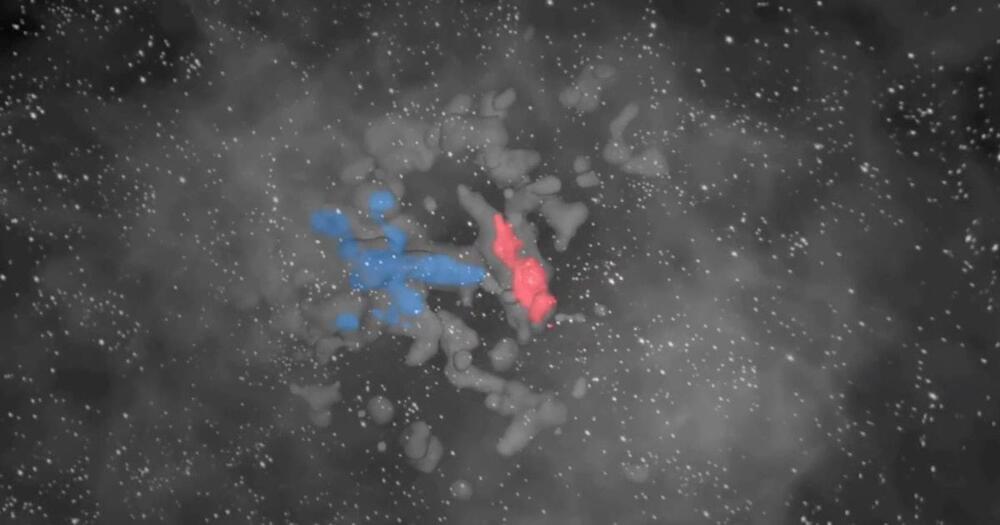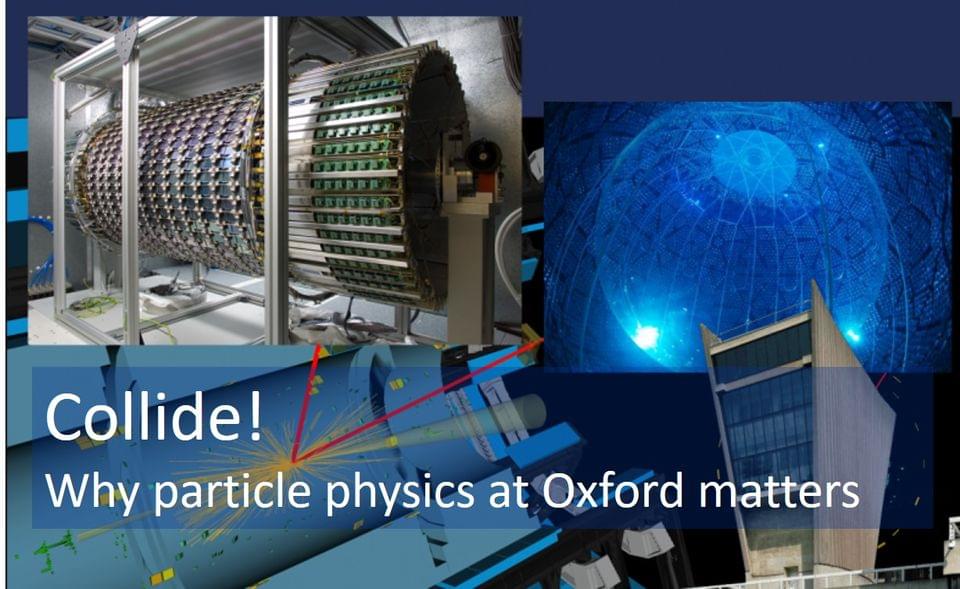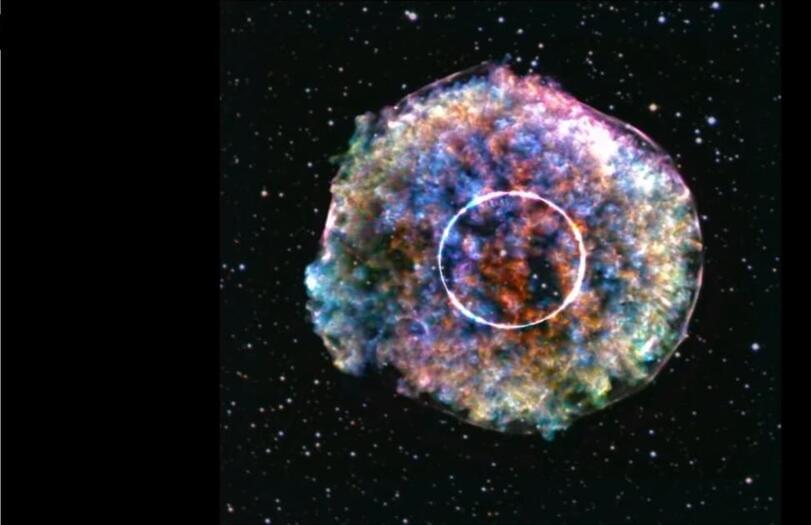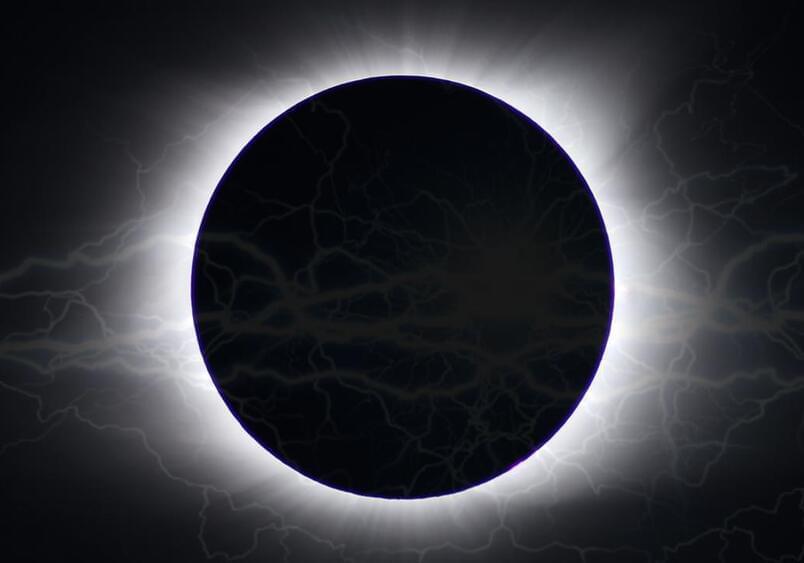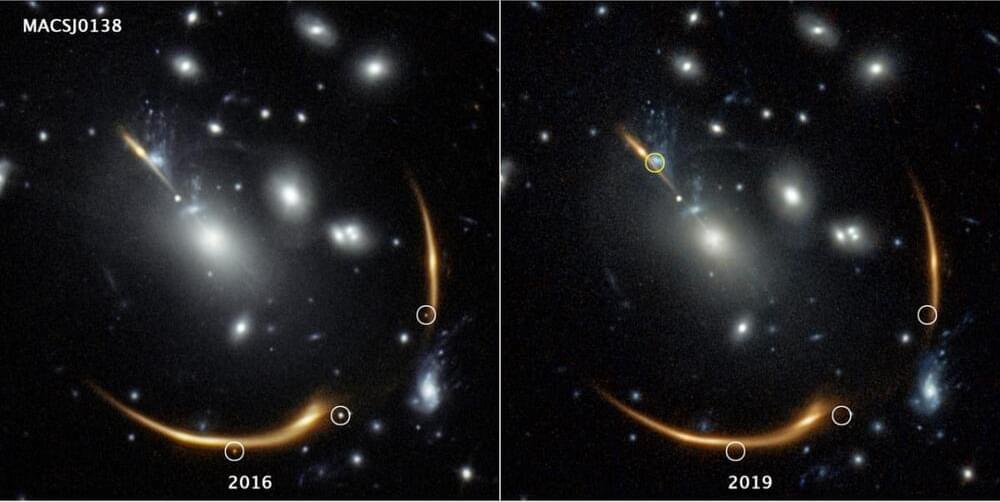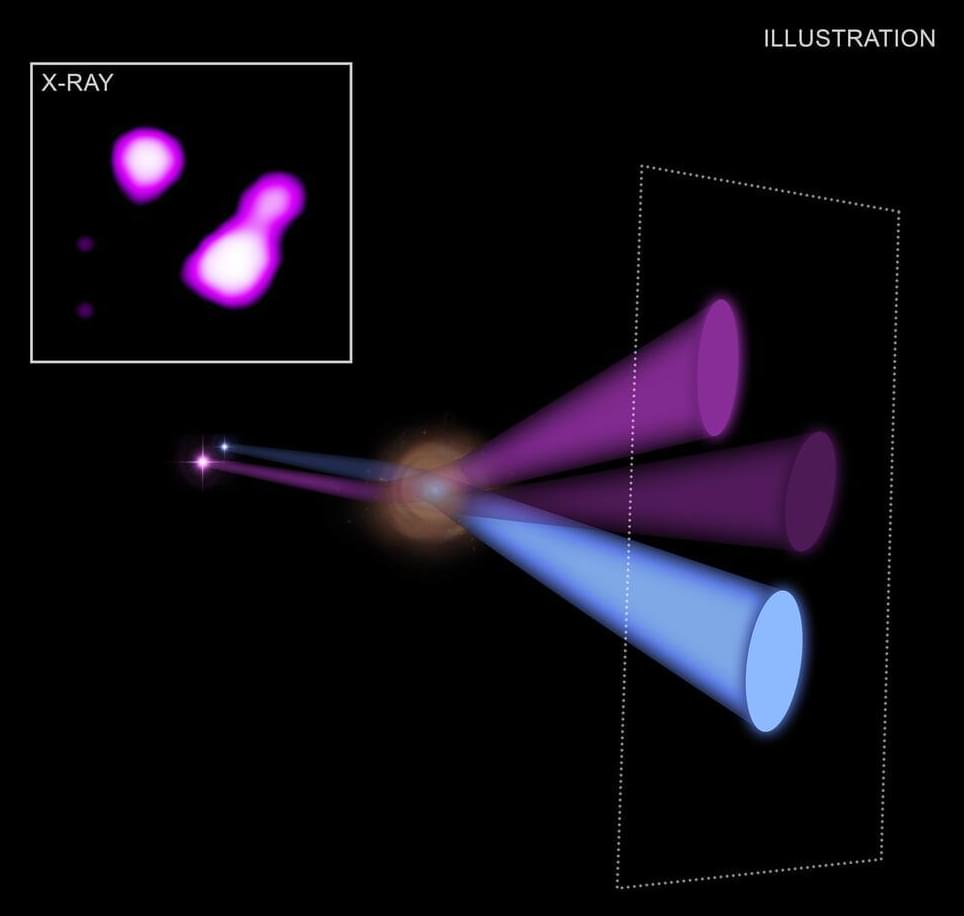Sep 23, 2021
XENON1T Experiment May Have Detected Dark Energy
Posted by Quinn Sena in category: cosmology
– SciTechDaily o.o!!!!
Dark energy, the mysterious force that causes the universe to accelerate, may have been responsible for unexpected results from the XENON1T experiment, deep below Italy’s Apennine Mountains.
A new study, led by researchers at the University of Cambridge and reported in the journal Physical Review D, suggests that some unexplained results from the XENON1T experiment in Italy may have been caused by dark energy, and not the dark matter the experiment was designed to detect.
Continue reading “XENON1T Experiment May Have Detected Dark Energy” »
